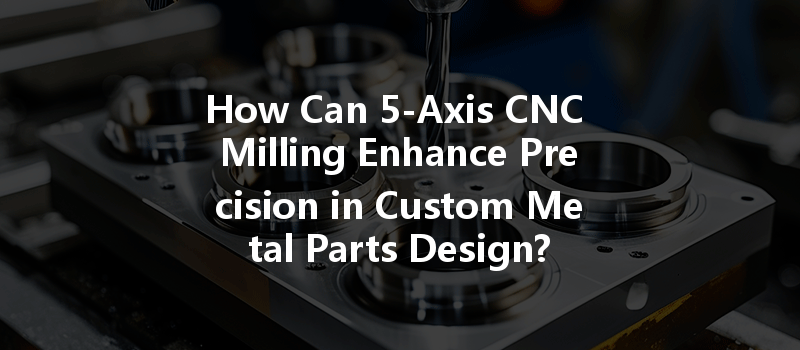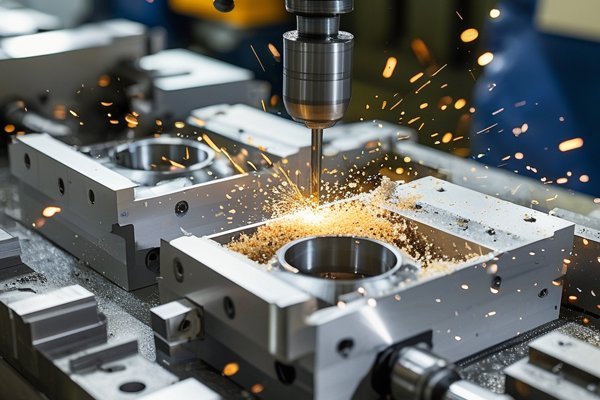Did you know that in the world of manufacturing, precision plays a crucial role in determining the quality and performance of components? In industries ranging from aerospace to medical devices, the accuracy of custom metal parts can make all the difference. One technique revolutionizing this area is 5-axis CNC milling. This technology not only enhances precision but also opens up new avenues for design possibilities. In an age where innovation drives success, understanding how 5-axis CNC milling can transform custom metal parts design is essential for anyone involved in manufacturing.
Understanding 5-Axis CNC Milling
What Is 5-Axis CNC Milling?
CNC stands for Computer Numerical Control, a technology that automates machine tools through precisely programmed commands. 5-axis milling expands on this by allowing a cutting tool to move across five different axes simultaneously, offering unprecedented flexibility and precision in creating complex parts.
In simpler terms, while a traditional 3-axis milling machine can only move in the X, Y, and Z directions, a 5-axis machine can rotate around two additional axes, often referred to as the A and B axes. This enables the machine to approach the workpiece from virtually any angle, which is particularly beneficial for intricate designs that would be challenging, if not impossible, to achieve with a 3-axis machine.
The Advantages of 5-Axis CNC Milling
Industries Benefiting from 5-Axis CNC Milling
5-axis CNC milling is utilized across a wide range of industries, including:
Detailed Solutions for Custom Metal Parts Design
Assessing Your Needs
Before jumping into 5-axis CNC milling, companies should assess their specific needs. Consideration should be given to:
Working with CAD and CAM Software
Using Computer-Aided Design (CAD) and Computer-Aided Manufacturing (CAM) software is essential in designing custom parts for 5-axis CNC milling. CAD software helps in creating detailed 3D models, while CAM converts those models into machine instructions.

Selecting the Right Equipment
The choice of 5-axis mills is crucial. Criteria for selection can include:
Finding the Right Cutting Tools
The selection of cutting tools has a significant impact on the performance of 5-axis CNC milling. Factors to consider:
Efficient Toolpath Strategies
Creating effective toolpath strategies is vital for optimizing machining time and ensuring high-quality outputs:
Testing and Prototyping
Once the design is finalized, testing a prototype is crucial. Rapid prototyping methods allow you to evaluate how the finalized design performs under real-world conditions. This includes:
Quality Control Processes
To ensure that the manufactured parts meet specifications, implement robust quality control measures, such as:
: The Future of Custom Metal Parts Design
5-axis CNC milling represents a significant advancement in manufacturing technology, enhancing precision and opening up new possibilities for custom metal parts design. As industries continue to demand higher standards of quality and innovation, this technology stands at the forefront of meeting those requirements.
By understanding its capabilities and following systematic processes for design, toolpath creation, and quality control, companies can leverage 5-axis CNC milling to produce high-quality components tailored to their unique specifications.
Reflecting on the journey from assessing needs to implementing the best practices, it’s clear that the meticulous attention to detail in every stage of the process can set a company apart in a competitive market. Therefore, manufacturers should consider integrating 5-axis CNC milling into their operations for its unmatched precision and efficiency. This blog aims to encourage readers—manufacturers, engineers, and anyone interested in precision machining—to think critically about how they can adopt and implement this powerful technology.






